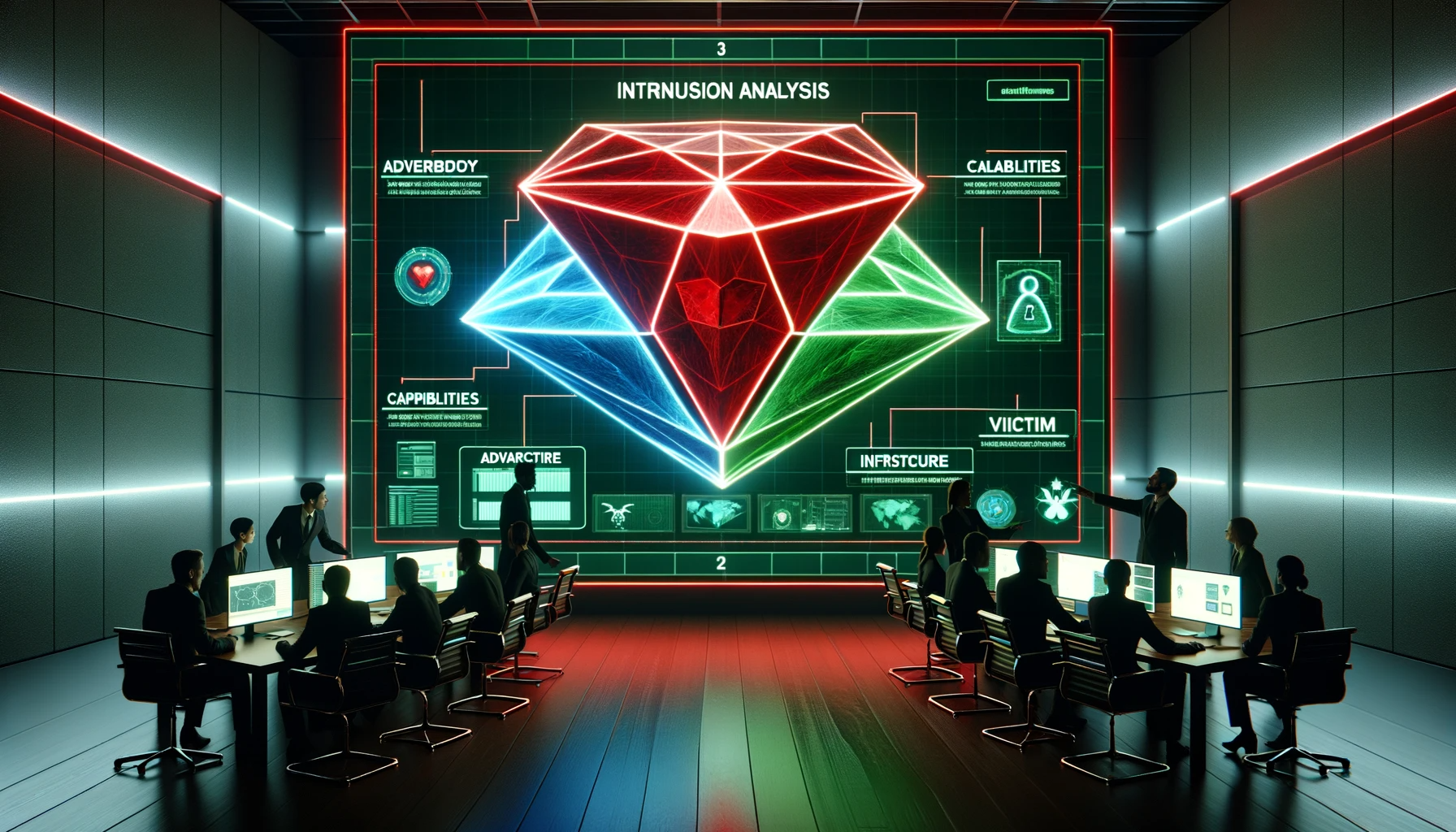In the complex world of cybersecurity, understanding how attackers operate is crucial for robust defense strategies. Attack frameworks, systematic representations of the tactics, techniques, and procedures (TTPs) used by cyber adversaries, are indispensable tools in this endeavor. In this post, we’ll explore what attack frameworks are, their significance, and some of the most well-known frameworks used by cybersecurity professionals.
What are Attack Frameworks?
Attack frameworks are structured models that describe the methods and strategies employed by threat actors during cyber attacks. These frameworks help in understanding the attack lifecycle, from initial reconnaissance to the final stages of data exfiltration or system compromise.
Purpose of Attack Frameworks:
- Identifying Attack Patterns: They help in recognizing common attack methodologies.
- Security Planning: Aid organizations in planning and implementing effective defense strategies.
- Incident Response: Facilitate quicker and more efficient responses to security incidents.
Key Attack Frameworks:
1. MITRE ATT&CK:
- Description: Developed by MITRE, the ATT&CK (Adversarial Tactics, Techniques, and Common Knowledge) framework is a globally-accessible knowledge base of adversary tactics and techniques based on real-world observations.
- Use Case: It is widely used for threat modeling, security testing, and enhancing detection strategies.
2. Cyber Kill Chain:
- Description: Introduced by Lockheed Martin, this framework outlines the stages of a cyber attack, from reconnaissance to actions on objectives.
- Use Case: Useful for analyzing attack strategies and identifying potential defensive gaps.
3. Diamond Model of Intrusion Analysis:
- Description: This model focuses on the relationships between the adversary, their capabilities, the infrastructure used, and the victim.
- Use Case: It’s particularly effective for analyzing complex and sophisticated attacks.
4. STRIDE:
- Description: An acronym for Spoofing, Tampering, Repudiation, Information Disclosure, Denial of Service, and Elevation of Privilege, STRIDE is used for identifying security threats.
- Use Case: Commonly applied in software development and system design to ensure security is built-in.

Real-world Application:
Scenario 1: Financial Sector
In a financial institution, the MITRE ATT&CK framework can be used to understand the TTPs of threat actors targeting financial data, enhancing the bank’s cybersecurity measures.
Scenario 2: Healthcare
Healthcare providers might use the Cyber Kill Chain to analyze and prevent attacks that could lead to data breaches or disruption in critical services.
Scenario 3: Tech Companies
Tech companies could employ the STRIDE framework during the software development lifecycle to anticipate and mitigate potential security vulnerabilities.
Conclusion:
Attack frameworks are not just theoretical constructs but practical tools that play a pivotal role in strengthening cybersecurity postures. By providing structured insights into the tactics of adversaries, these frameworks empower organizations to anticipate, prepare for, and respond to cyber threats more effectively. In an ever-evolving threat landscape, staying informed and utilizing these frameworks is key to maintaining robust cyber defenses.

